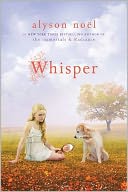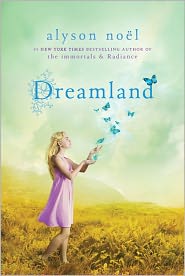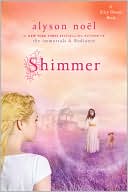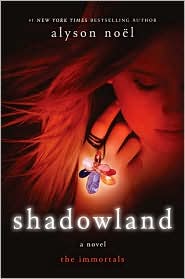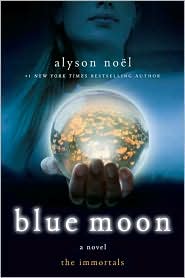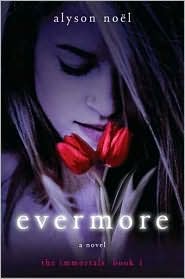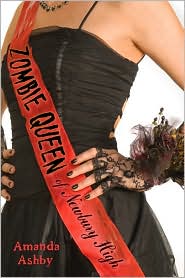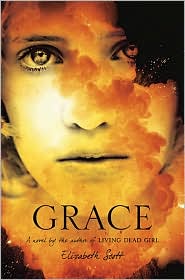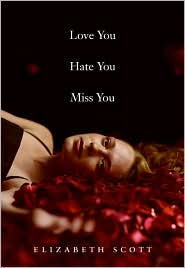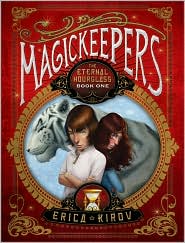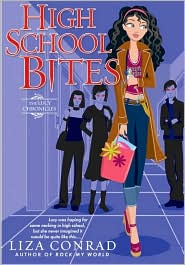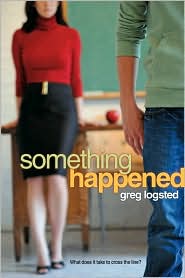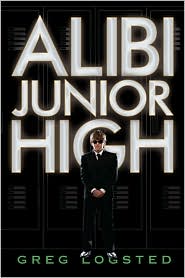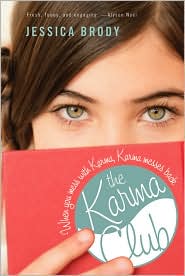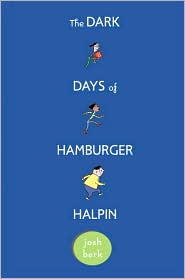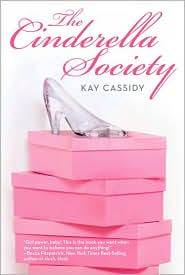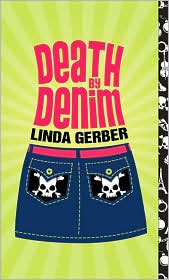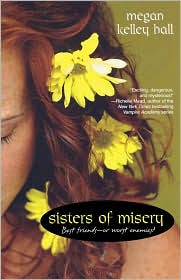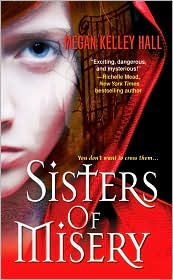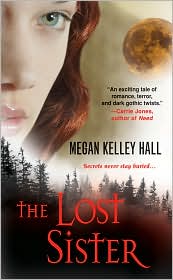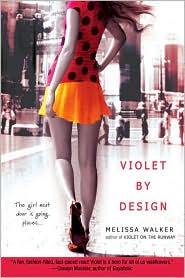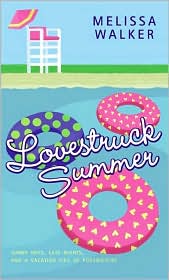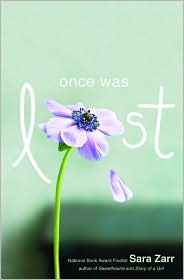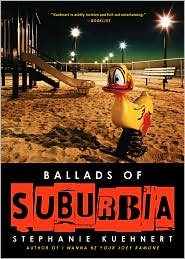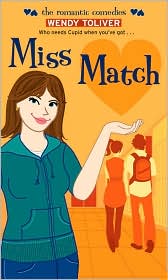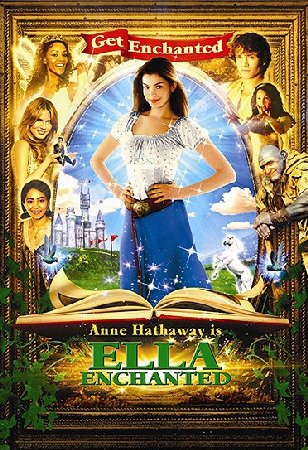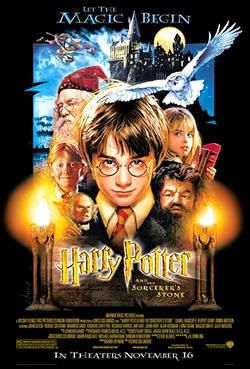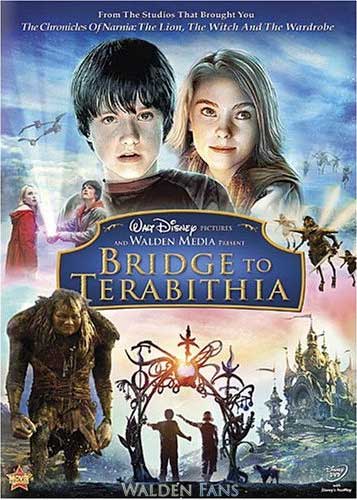I’m going to start with a fangirly story about Richard Peck, but I promise that this post will eventually get to the topic at hand this week: books and reading. At the Utah Book Festival, I had the lucky chance to spend some quality time with the acclaimed and bemedaled Mr. Peck, and marvel at his career longevity and energy. At one point, he asked my husband and me about favorite movies. After we answered, we asked him about his favorite movie, and without hesitation, he said: Dodsworth. Now, I think of myself as pretty film literate, across genres and decades, but not only had I not seen this movie, I’d never even heard of it! How humiliating! I don’t like to not know things. It conflicts with my image of myself as the all-knower-of-things. Anyway, because I developed a great affection for Richard and wanted to prove myself worthy of his friendship, I of course ran right out and got hold of Dodsworth. It was great. In the long run, it’s mostly a movie about ideas, and I liked the ideas it explored and the way it explored them. But this post is not about movies, it’s about books!
So, Dodsworth the movie is based on Dodsworth the novel, by Sinclair Lewis. I checked the Kindle store to see if it was available, as a lot of classics are, on the cheap (like $5 and under for Kindle versions, much of the time). No sign of Dodsworth there, but I did find a bunch of other Sinclair Lewis books, including one of his most well-known, Main Street, in a Modern Library eBook Edition. I started reading it the other night and it includes an introduction by the author. I love author introductions! They tell you so much about who the author is and what kind of relationship he or she had with his work in the process of writing it, and later at the time of writing the intro. They tell you if the author has a sense of humor about life and work, or is a self-important blowhard. They also offer inspiration and understanding to authors who might feel uninspired or misunderstood. Lewis’s introduction made me immediately love him and feel inclined to love his work. Here are some quotables:
“To me (and I think to most writers) there is no conceivable subject so uninteresting as one’s own book, after you have finished the year of ditch-digging and bricklaying, read the proofs with the incessant irritation of realizing how much better you might have said this or that if you had had another year, then fretted over the reviews---equally over those in which you are hoisted to the elevation of world master, and those in which you are disclosed as a hypocritical illiterate.”
He started the book fifteen years before it was published. Originally it had a different protagonist. He threw out his original material and started over. About 30,000 words into the do-ver, he decided that he wasn’t up to it yet. (And writes, “Whether I was up to it in 1919 [the year it was published], either, I must leave to critics less prejudiced.”) He went off and wrote short stories for awhile and sold a serial to the Saturday Evening Post. That gave him enough money to take a year off and he put nose to the grindstone, “eight hours a day, seven days in most weeks, though a normal number of daily hours of creative writing is supposed to be about four…I never worked so hard, and never shall work so hard, again…unless Comes the Revolution and I am driven from writing to real work, like bricklaying or soldiering or being a nursemaid.”
 Despite the fact that I sometimes see all the different versions of classics as just a cheap way for publishers to make money on expired copyrights, a good edition tells you stuff you might never get to know about a writer who died before we all had blogs. This edition also has commentaries from ten other authors, including E.M. Forster, Dorothy Parker, H.L. Mencken, and Sherwood Anderson. I’m not reading those yet, because I like to know a book myself, first.
Despite the fact that I sometimes see all the different versions of classics as just a cheap way for publishers to make money on expired copyrights, a good edition tells you stuff you might never get to know about a writer who died before we all had blogs. This edition also has commentaries from ten other authors, including E.M. Forster, Dorothy Parker, H.L. Mencken, and Sherwood Anderson. I’m not reading those yet, because I like to know a book myself, first.Speaking of the book, I’m loving it. It’s about small town Midwestern America just after the turn of the century. The protagonist is a college grad from St. Paul, who marries a country doctor and reluctantly moves to one of the prairie towns that she so hates and fears. Here she is taking a walk on the first day in her new town:
"She stared with seriousness at every concrete crossing, every hitching-post, every rake for leaves; and to each house she devoted all her speculation. What would they come to mean? How would they look six months from now? Which of these people whom she passed, now mere arrangements of hair and clothes, would turn into intimates, loved or dreaded, different from all the other people in the world?"
And one last note about the Kindle itself as it relates to the books/reading topic. After owning mine for a month or so, I'm finding that I go to it for very specific things: reading manuscripts, reading one of those "through the bible in a year, for dummies and lazy people!" bibles, and finding cheap but good electronic classics. Often the versions at the library are either big heavy hardcover editions, or mass market paperbacks with tiny print and yellowed pages. Something about having a classic on the Kindle makes it feel accessible and new, and you're not thinking, "Damn, this is an old book!" as you read. Which is good for a reluctant reader like me.



